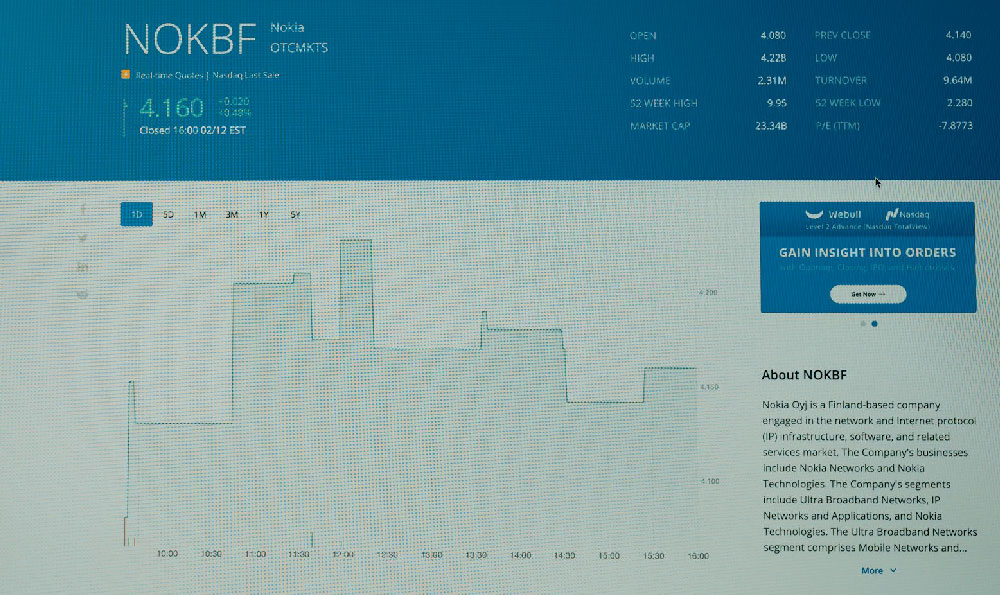How does Zillow generate revenue? And what are its key income streams?

Zillow, a household name in the real estate industry, has revolutionized how people buy, sell, rent, and even finance homes. However, its widespread use begs the question: How does Zillow actually make money? It's not just a free online platform offering property listings; it's a multifaceted business with a diverse range of income streams. Understanding these streams is crucial to grasping Zillow's business model and its position in the market.
One of the most significant contributors to Zillow's revenue is the Internet, Media & Technology (IMT) segment, which is primarily driven by advertising revenue from Premier Agent programs. These programs connect real estate agents with potential buyers and sellers actively searching on Zillow's platform. Agents pay a subscription fee based on factors such as their location, the number of impressions they want their profiles to receive, and the competitive landscape. This "pay-to-play" model allows agents to increase their visibility on Zillow, reach a wider audience, and ultimately generate more leads. The success of this model relies on Zillow’s ability to attract a large volume of potential homebuyers and sellers to its platform, thus making the Premier Agent program a worthwhile investment for real estate professionals. The revenue generated from this program represents a substantial portion of Zillow's overall income and is a key indicator of the platform's value to the real estate industry.
Beyond Premier Agent advertising, Zillow also generates revenue through display advertising. This involves selling advertising space on its website and mobile apps to various businesses, including mortgage lenders, home improvement companies, and other real estate-related service providers. These advertisers pay for banner ads, sponsored content, and other forms of online advertising that are displayed to Zillow's large user base. The pricing for display advertising typically depends on factors such as the ad placement, the size of the audience reached, and the duration of the campaign. This stream of revenue contributes to the diversification of Zillow's income and further solidifies its position as a central hub for all things real estate. The effectiveness of this revenue stream is directly related to the website traffic and user engagement, incentivizing Zillow to continually improve the user experience and attract more visitors.

A more recent and increasingly significant revenue stream for Zillow stems from its Homes segment. This segment is largely fueled by Zillow's home-buying and selling operation, often referred to as "iBuying." In this model, Zillow directly buys houses from homeowners, makes necessary repairs and renovations, and then resells them on the open market. The profit margin on these transactions represents a direct revenue stream for the company. While this model has the potential for substantial returns, it also carries significant risks, including fluctuations in the housing market, the cost of repairs and renovations, and the ability to accurately predict resale values. Zillow's foray into iBuying demonstrates a willingness to take on greater risk in pursuit of higher rewards and marks a significant shift from its purely advertising-based business model.
Another essential piece of Zillow's revenue puzzle is its Mortgages segment. This segment encompasses several revenue-generating activities, including advertising revenue from mortgage lenders who promote their services on Zillow's platform. Similar to the Premier Agent program, mortgage lenders can pay for increased visibility and lead generation opportunities. Additionally, Zillow generates revenue through its own mortgage origination services, where it directly provides mortgage loans to homebuyers. This allows Zillow to capture a portion of the mortgage interest and fees, further diversifying its revenue streams. By offering a comprehensive suite of mortgage-related services, Zillow aims to streamline the home buying process for its users and capture a larger share of the overall real estate market.
Data is also a hidden goldmine for Zillow. While not directly reported as a major revenue stream, Zillow leverages its vast database of real estate information to provide valuable data and analytics services to various clients, including real estate investors, researchers, and government agencies. This data can be used to analyze market trends, assess property values, and make informed investment decisions. Zillow's ability to collect and analyze real-time data on millions of properties gives it a competitive advantage and positions it as a valuable resource for anyone involved in the real estate industry. While the specific revenue generated from data services may not be publicly disclosed, it undoubtedly contributes to Zillow's overall financial performance and strategic positioning.
Finally, Zillow generates revenue from rental listings and management tools. Landlords and property managers can pay to list their rental properties on Zillow's platform, reaching a large pool of potential tenants. Additionally, Zillow offers a suite of property management tools that help landlords streamline their operations, such as online rent collection, tenant screening, and lease management. These tools are typically offered on a subscription basis, providing a recurring revenue stream for Zillow. As the rental market continues to grow, this segment has the potential to become an increasingly important source of revenue for the company.
In conclusion, Zillow's revenue generation is not dependent on a single source but rather a diversified portfolio of income streams. While advertising revenue from Premier Agent programs remains a cornerstone of its business, the company is actively expanding into new areas, such as iBuying, mortgage origination, and rental management tools. This diversification strategy aims to reduce Zillow's reliance on any single revenue stream and position it for long-term growth and sustainability. The success of Zillow's business model depends on its ability to attract a large and engaged user base, provide valuable services to real estate professionals, and adapt to the ever-changing dynamics of the real estate market. Its strategic diversification allows it to capture value at multiple points along the real estate transaction lifecycle, solidifying its position as a leading player in the industry.














